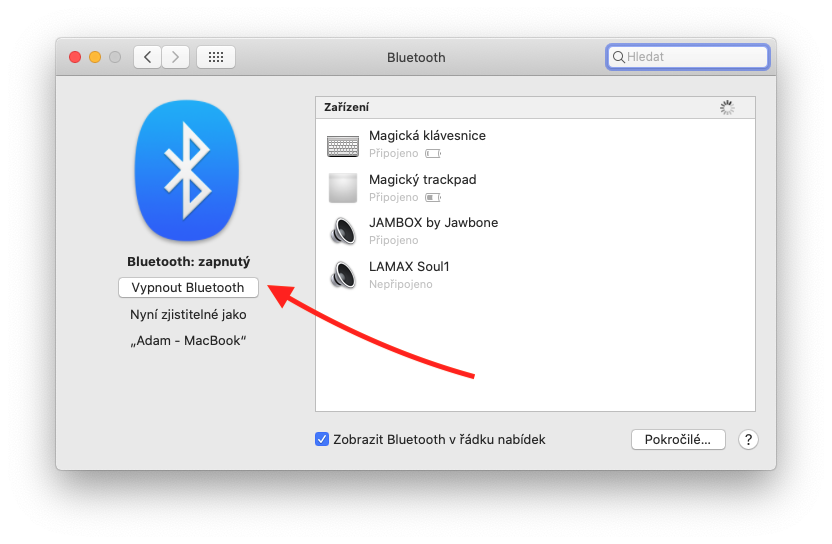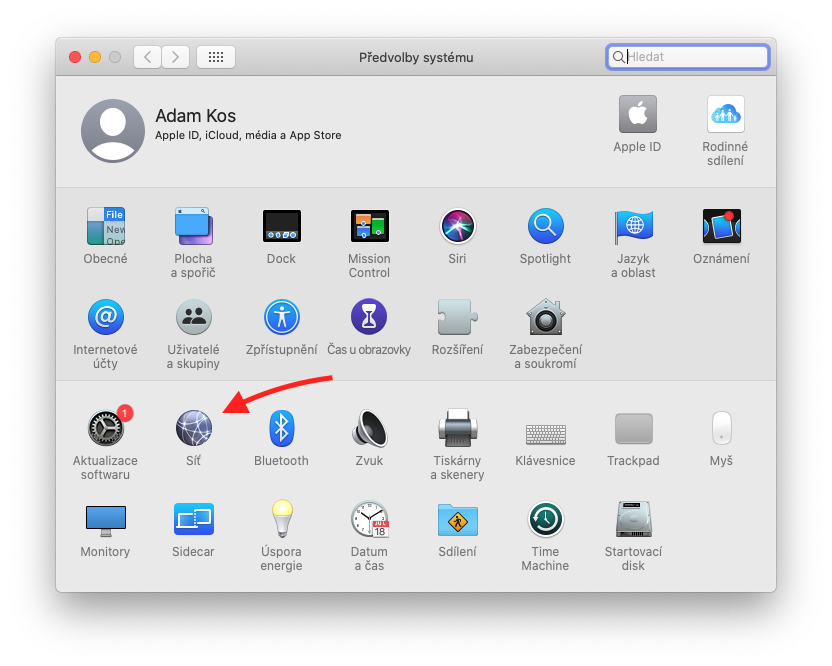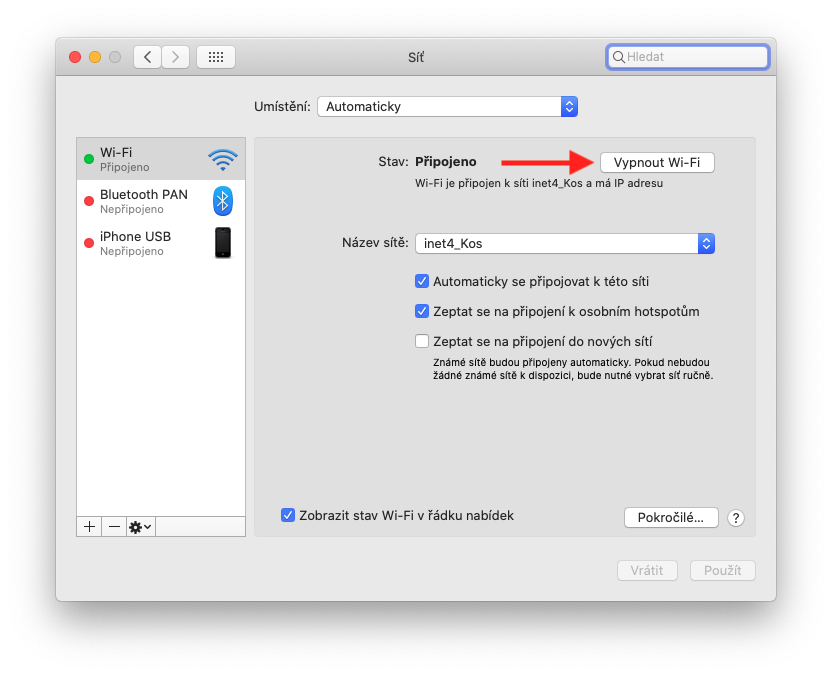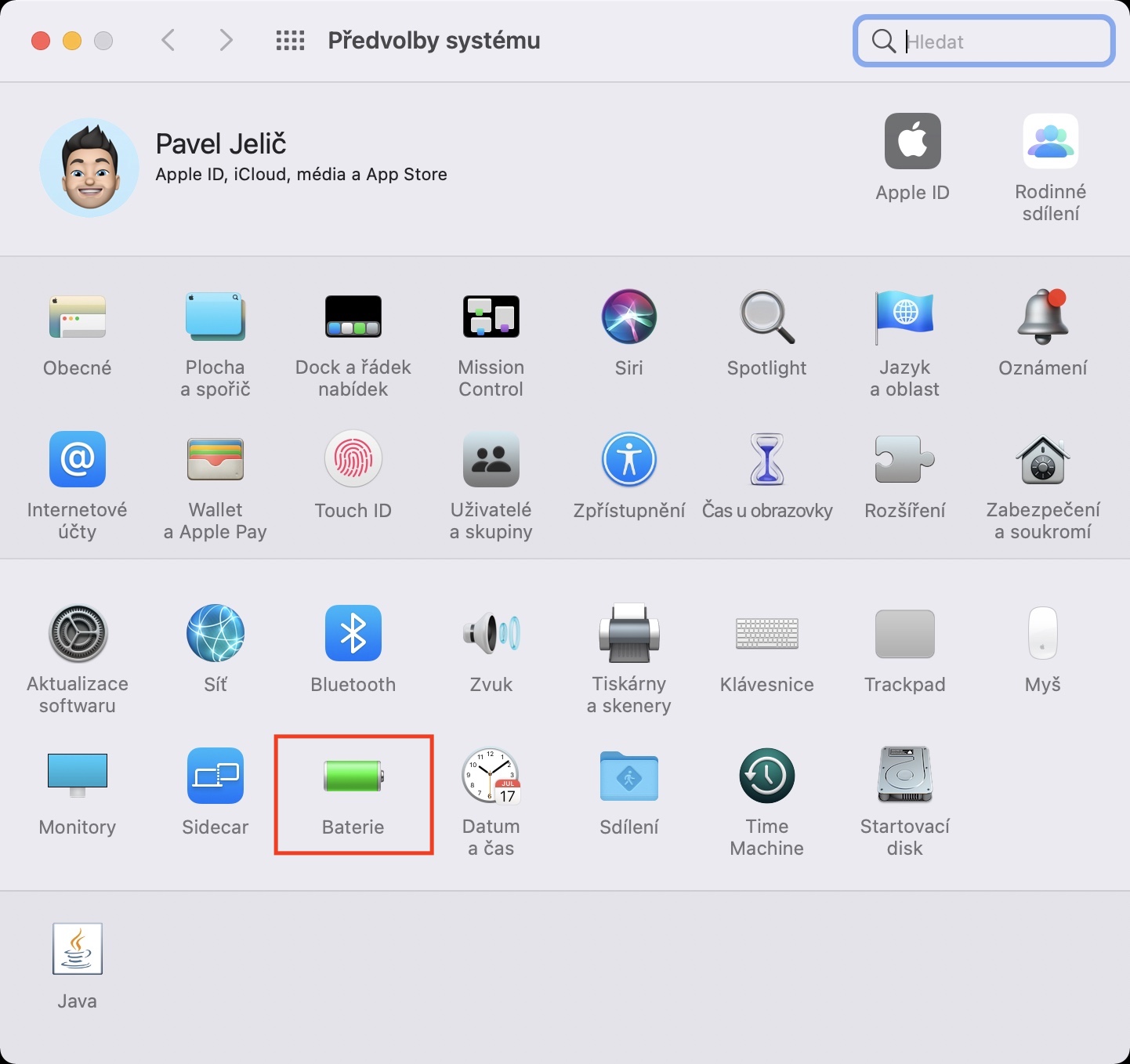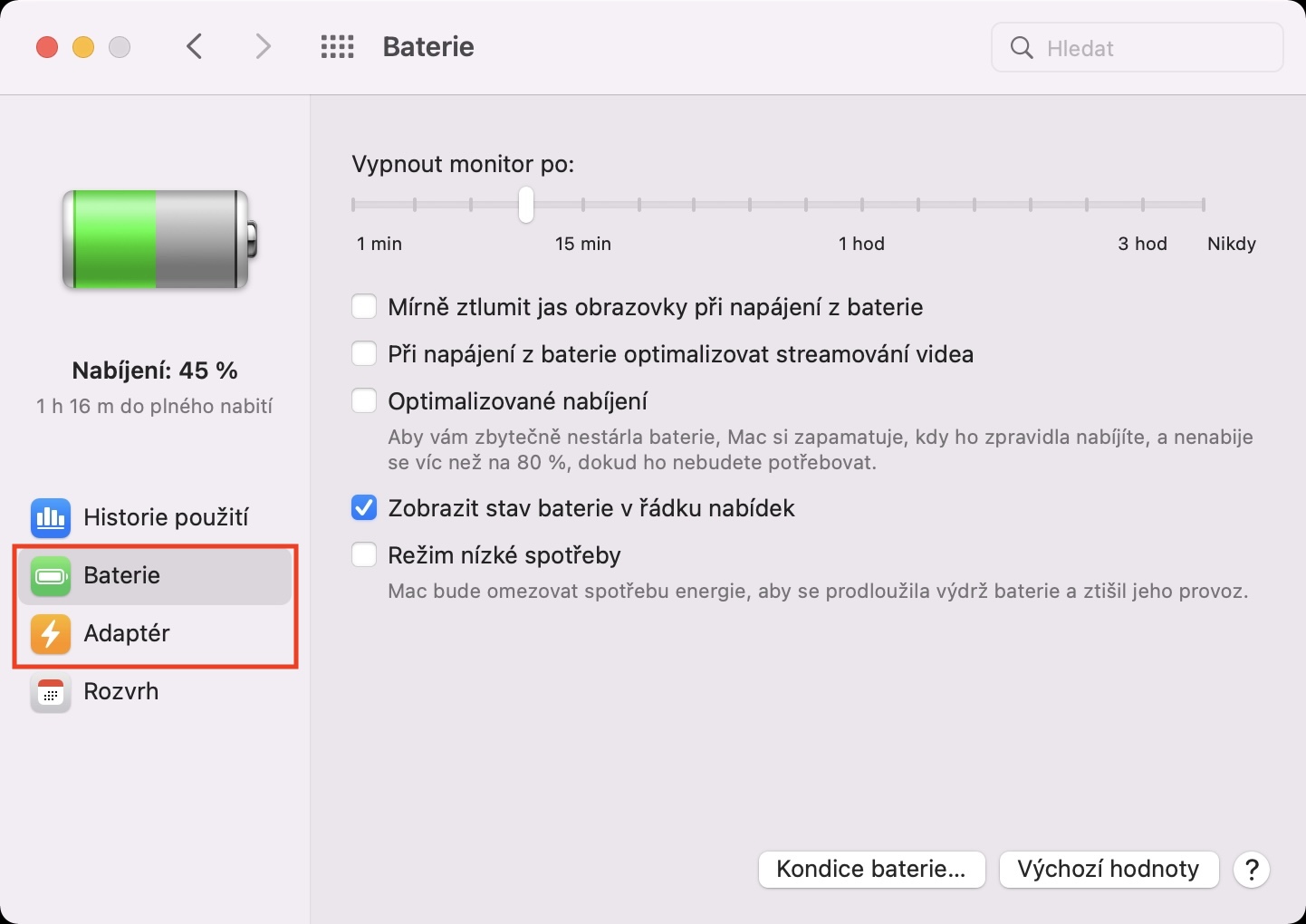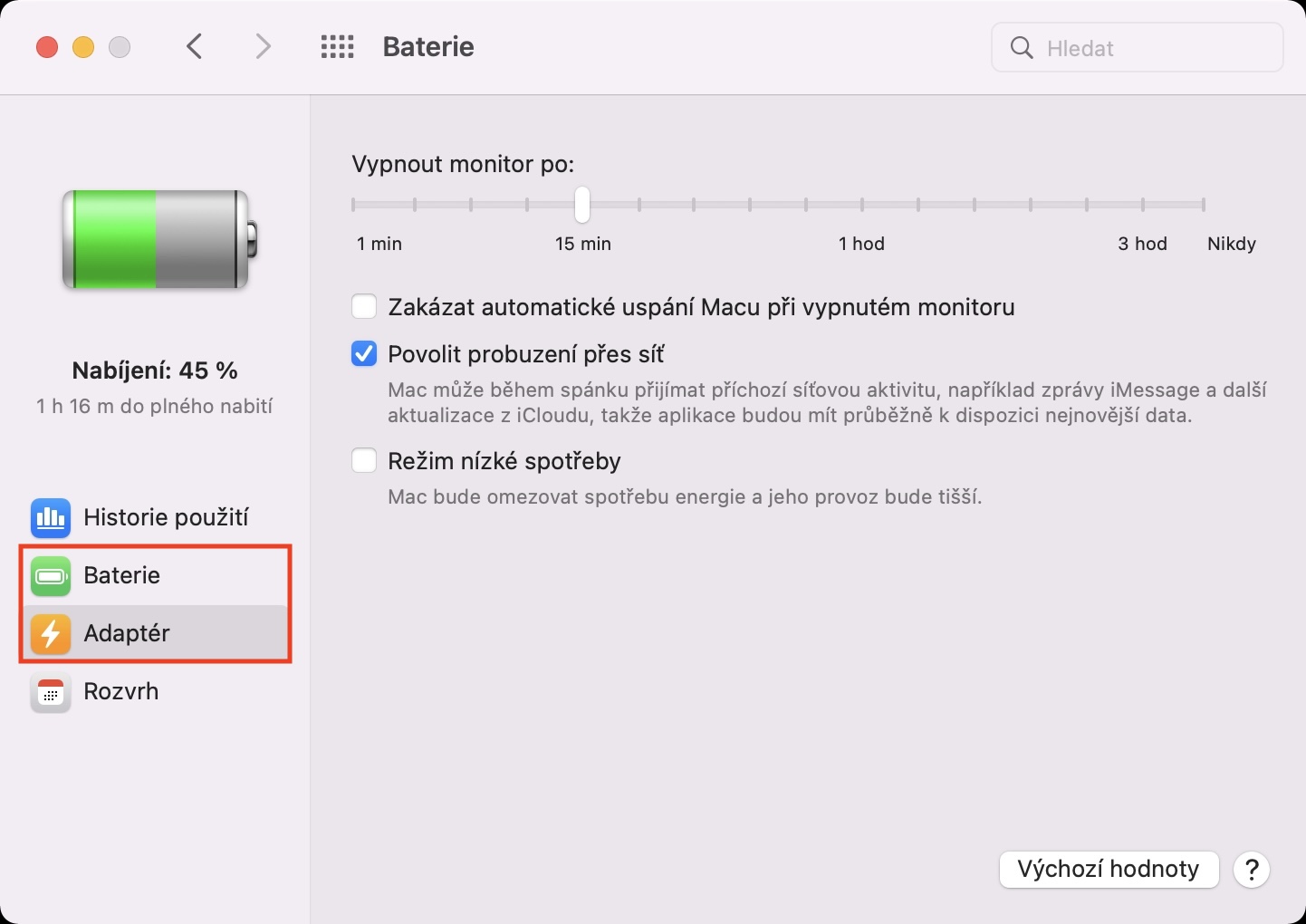Your Mac is designed to save energy by default. For example, it uses Compressed Memory and App Nap features to ensure stable speed and long battery life. However, you have several other options to save even more energy. Here you will find 7 tips to save battery on your Mac. If you didn't know how App Nap works, this function helps to save energy when working with several applications at the same time. If an app isn't currently performing an action, such as playing music, downloading a file, or checking email, macOS slows it down. Once you start using the app again, it will go back to normal mode.
It could be interest you
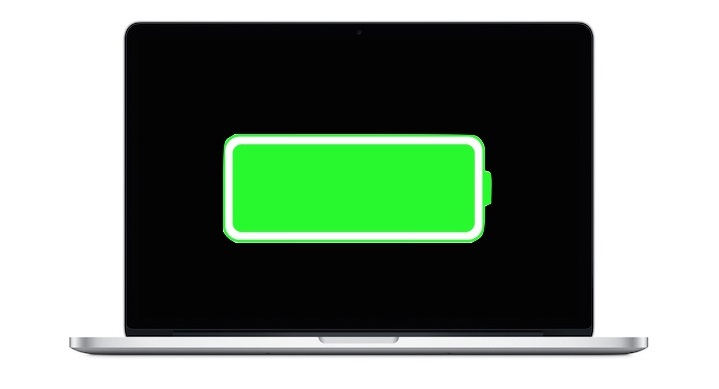
Put your Mac to sleep
In sleep mode, your Mac stays on but uses much less power. It also takes less time to wake your Mac from sleep than it does to turn it on. Just select to put your Mac to sleep immediately -> Put to sleep. But you can also set your Mac to sleep after a certain period of inactivity. You do so in System Preferences –> Battery or Power Saver (for older versions of macOS).
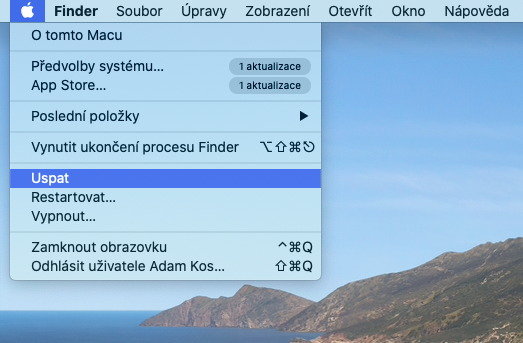
Dim the monitor brightness
To extend the life of your MacBook, dim your monitor's brightness to the lowest acceptable level. In a darkened room, for example, you can use a lower monitor brightness than in bright sunlight for a long time. The more the display lights up, the more energy it consumes. You can reduce the brightness by pressing the brightness key on the keyboard, or through the monitor preferences. You can also have the brightness decrease automatically when using battery power – you can find this option in System Preferences –> Battery or Power Saver.
It could be interest you
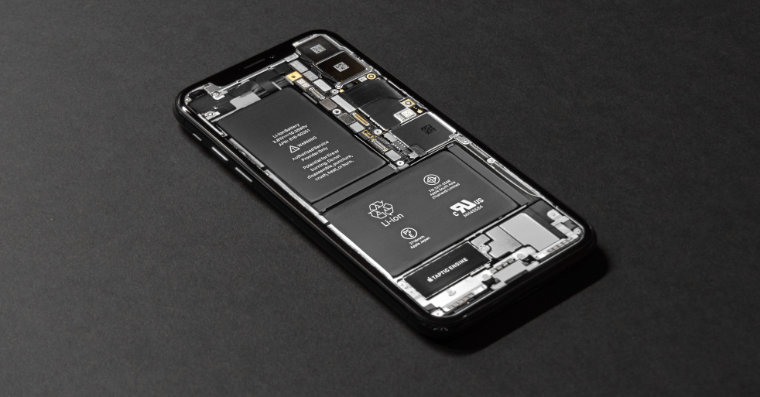
Turning off the Wi-Fi and Bluetooth interfaces
If you are not using Wi-Fi and Bluetooth, turn them off. They consume energy even when you are not using them. On a Mac, select -> System Preferences and then click on Bluetooth. If Bluetooth is on, click on Turn off Bluetooth. For W-Fi, click v System preferences na Sew and select Wi‑Fi from the list on the left. If Wi‑Fi is on, click on Turn off Wi‑Fi. Both Bluetooth and Wi-Fi can also be controlled from the top bar in macOS, that is, if you have set the icons for these functions.
Disconnecting the device and closing applications
Disconnect any accessories you're not using, such as external hard drives, from your Mac. If your computer still has a DVD drive, eject any CDs and DVDs you are not using. If you have an external drive, such as an Apple USB SuperDrive, connected and not using it, disconnect it from your Mac. Also, quit any apps you're not using. The application can work in the background and thus consume the necessary energy, even if you do not actually use it in any way.
It could be interest you
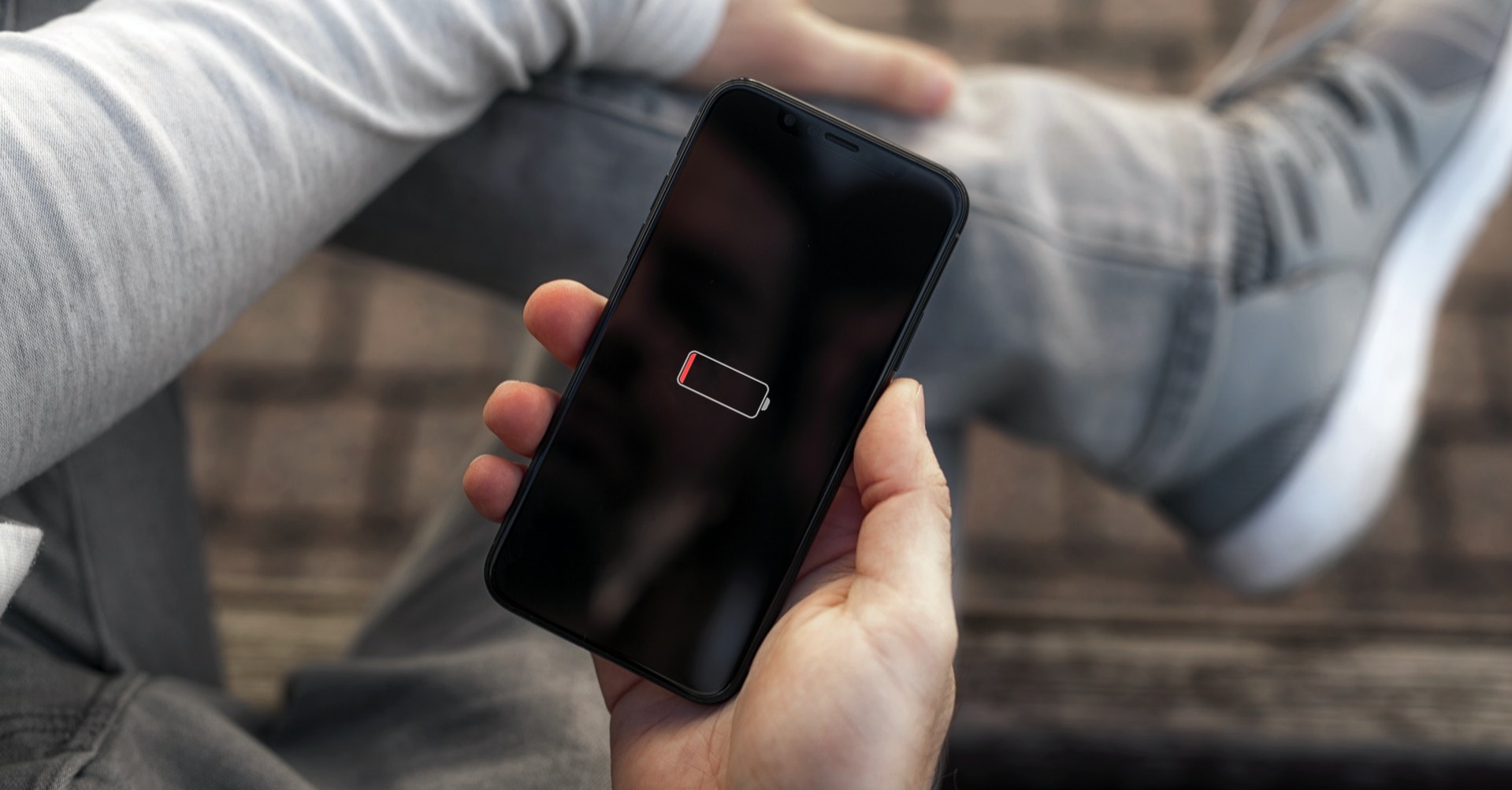
Efficient use of battery
On a Mac, select the menu Apple -> System Preferences, click the option Battery and then on Battery or Adapter. You can now select different sets of settings depending on whether your Mac is running on battery or mains power. If it is powered by a battery, you can set the display brightness to dim and go to sleep mode after a short time delay.
 Adam Kos
Adam Kos 
